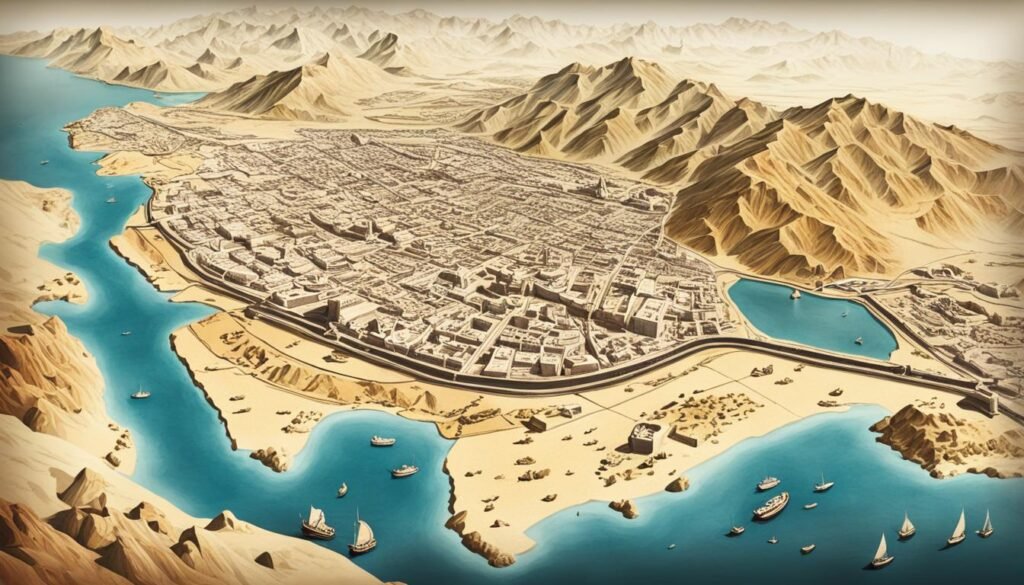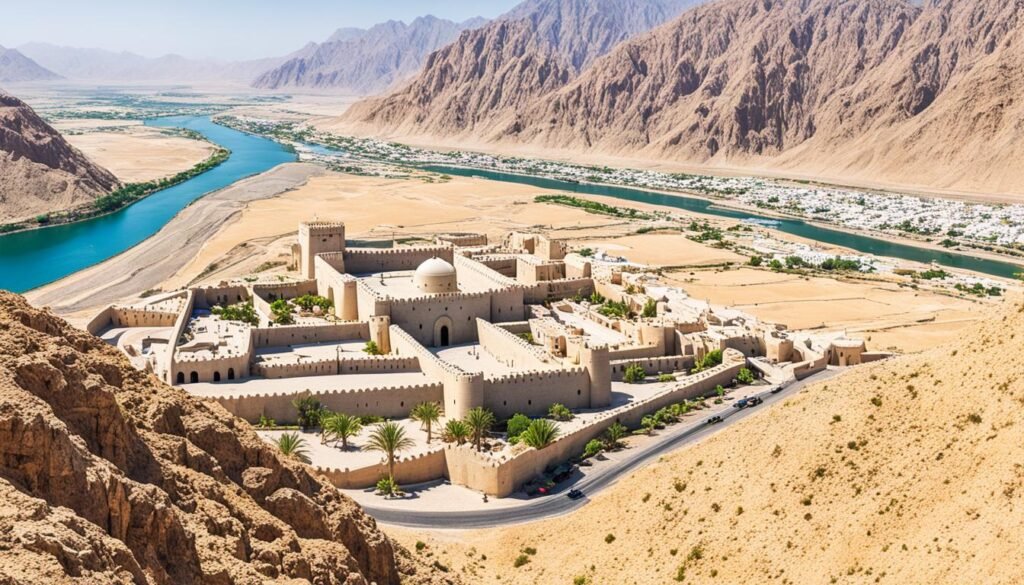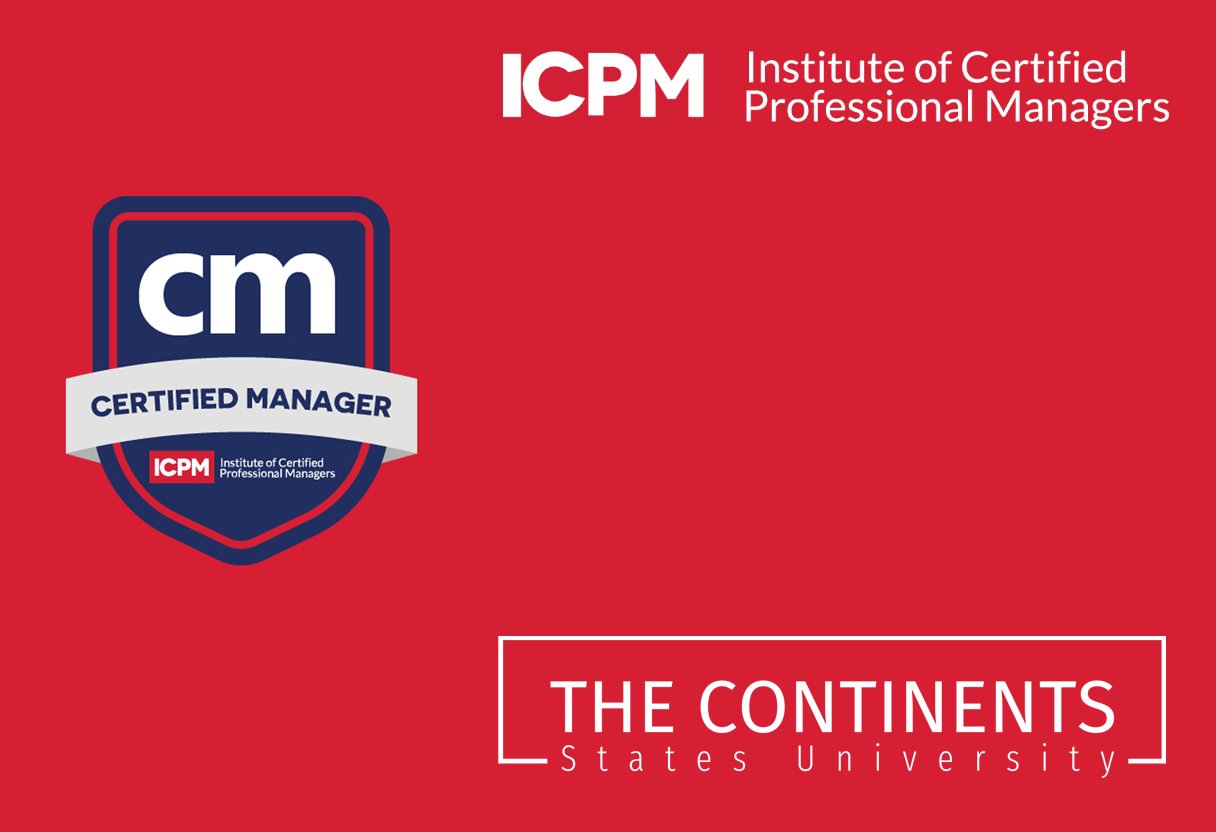Did you know that the Sultanate of Oman, nestled in the southeastern corner of the Arabian Peninsula, boasts a unique geological landscape that has captivated explorers and scientists for centuries? This arid, rugged nation is home to some of the most remarkable geological formations in the world, including the Hajar Mountains, the Rub al Khali desert, and the ancient trade routes that have shaped the region’s history.
Oman’s strategic location, flanked by the Gulf of Oman, the Arabian Sea, and the vast Rub al Khali desert, has contributed to its geographic isolation and the preservation of its natural wonders. From the soaring peaks of the Hajar Mountains to the intricate network of wadis (dry riverbeds) and the vast oil reserves that have fueled the country’s economic growth, Oman’s geology is a testament to the dynamic forces that have shaped the Arabian Peninsula over millions of years.
Key Takeaways
- Oman’s strategic location on the southeastern edge of the Arabian Peninsula has contributed to its geographic isolation and the preservation of its natural wonders.
- The Hajar Mountains form a natural barrier between the coast and the desert, shielding the interior of Oman from foreign military encroachments.
- The Rub al Khali, or “Empty Quarter,” is a vast desert that covers a large portion of Oman’s interior, contributing to the country’s arid climate and unique geological features.
- Oman’s geology is marked by the presence of ophiolites, or ancient oceanic crust that has been uplifted and exposed, providing a glimpse into the Earth’s interior.
- The Khareef monsoon season brings much-needed rainfall to the Hajar Mountains, nourishing the region’s diverse ecosystems and contributing to the formation of its unique geological features.
The Sultanate of Oman’s Geographic Isolation
Oman’s geographic isolation is largely attributed to its unique geological features. The Hajar Mountains, a rugged and formidable mountain range, form a natural barrier between the coast and the vast Rub al Khali (Empty Quarter) desert. This impressive mountain belt extends from the Musandam Peninsula to the city of Sur, effectively separating the interior of Oman from foreign military encroachments throughout history.
Hajar Mountains: A Natural Barrier
The Hajar Mountains, with their towering peaks and steep slopes, have played a vital role in shielding Oman’s interior from external influences. These mountains, which are part of the larger Tethyan mountain range, have served as a sturdy defensive wall, making it challenging for invaders to penetrate and gain a foothold within the country. This geographic isolation has allowed Oman to maintain its cultural and political autonomy, even during periods of regional upheaval.
Rub al Khali: The Empty Quarter Desert
Complementing the Hajar Mountains’ role as a natural barrier, the Rub al Khali desert, also known as the Empty Quarter, covers a vast expanse of Oman’s southern region. This vast desert, one of the most inhospitable environments on Earth, has further contributed to Oman’s geographic isolation. Traversing the Rub al Khali, even with modern desert transportation, remains a daunting task, deterring potential invaders and preserving Oman’s strategic position in the Arabian Peninsula.
Muscat: Gateway to the Gulf of Oman
Muscat, the capital and largest city of Oman, is a historic port city with a vibrant past. Situated on the Gulf of Oman, Muscat has been a crucial trading hub since the second century AD, connecting the West and the East along ancient trade routes. The city’s strategic location and natural harbor have played a significant role in its development over the centuries.
Origins and Ancient Trade Routes
Muscat’s notability as a port was recognized as early as the 1st century AD by the Greek geographer Ptolemy, who referred to it as Cryptus Portus (the Hidden Port), and by Pliny the Elder, who called it Amithoscuta. Muscat’s economy has long been dominated by trade, with the city serving as a hub for the transportation of goods, including around 3,000 pounds of frankincense per year, to Greece, Rome, and the Mediterranean.

Over the centuries, Muscat has played a crucial role in the flourishing of trade between the Middle East, Africa, and Asia. Merchants from around the world have passed through the city, exchanging a variety of goods and goods, from spices and textiles to precious metals and gemstones. This rich trading history has left an indelible mark on Muscat’s culture and architecture, making it a fascinating destination for those interested in the region’s ancient past.
Oman’s Geological Treasures: Ophiolites and Fold Mountains
Oman is a true geological wonderland, boasting some of the world’s most remarkable features. Nestled within the country’s 700 km long mountain range are stunning examples of ophiolites and fold mountains, testaments to the dynamic forces that have shaped this corner of the Arabian Peninsula over millions of years.
Ophiolites, rare rock formations that represent ancient oceanic crust, can be seen along the Muscat Corniche. These unique structures were thrust hundreds of kilometers inland around 90 million years ago, when the Earth’s tectonic plates collided and the ocean floor was pushed over the northern coast of Oman. This dramatic geological event, lasting around 20 million years, left behind a window into the deep ocean’s past.
But Oman’s geological wonders don’t stop there. The country’s Hajar Mountains, part of the Fold Mountain system, showcase the immense power of the Earth’s internal forces. These rugged, towering peaks are the result of intense folding and faulting, a testament to the ongoing tectonic activity that has sculpted Oman’s stunning landscapes over millennia.
From the ophiolites of Muscat to the fold mountains of the Hajar range, Oman’s geological treasures offer a unique window into the planet’s distant past and the forces that continue to shape its surface today. Exploring these natural wonders is a true adventure for any lover of earth sciences and the great outdoors.
Oman: Arabian Peninsula Geology Muscat Oman
Tectonic Processes Behind Ophiolite Formation
The unique Oman Geology is the result of complex tectonic processes that have shaped the region over millions of years. The Oman ophiolite, one of the world’s largest and most intact ophiolites, likely formed when oceanic crust was thrust atop the Arabian continental crust as that buoyant material encountered a subduction zone and halted the subduction process.
Today, the Oman ophiolite has eroded, exposing the deep rocks beneath it through a tectonic window in the Hajar Mountains. This ophiolite sequence consists of a diverse array of mafic and ultramafic igneous rocks, with the mantle rocks making up the majority of the hills surrounding Muscat, the capital city of Oman.

The complex tectonic history of Oman has left an indelible mark on the region’s geology, creating a landscape that is both visually stunning and scientifically fascinating. The Oman ophiolite, a testament to the power of plate tectonics, offers a unique window into the Earth’s deep interior, providing valuable insights into the Oman Geology, Ophiolite Formation, and Tectonic Processes that have shaped this remarkable corner of the Arabian Peninsula.
Wadi Bani Auf: A Four-Wheel-Drive Geoadventure
Nestled within the rugged Hajar Mountains of northern Oman lies the captivating Wadi Bani Auf, a destination that beckons adventurous travelers seeking a thrilling four-wheel-drive experience. This winding canyon, carved through the ancient geology of the region, offers a mesmerizing glimpse into Oman’s stunning natural landscapes.
Snake Gorge and Balcony Walk Highlights
One of the primary highlights of the Wadi Bani Auf journey is the awe-inspiring Snake Gorge, a premier canyoneering route that showcases the sheer power of erosion in this part of the Arabian Peninsula. Visitors can also embark on the captivating Balcony Walk, a 6-kilometer hike that winds along the edge of the magnificent Wadi Nakl canyon, often referred to as the “Grand Canyon of Arabia.” The scenery along this route is nothing short of breathtaking, with towering limestone cliffs and benches sculpted from less resistant shale formations.
The Wadi Bani Auf adventure is a true testament to the geological wonders of Oman, showcasing the rugged beauty and timeless allure of this captivating region. Whether you’re a seasoned four-wheel-drive enthusiast or a nature lover seeking to immerse yourself in the awe-inspiring landscapes of the Arabian Peninsula, Wadi Bani Auf promises an unforgettable journey of discovery.
Nizwa: Medieval Forts and Neolithic Tombs
Nestled in the heart of Oman, the city of Nizwa stands as a testament to the country’s rich history. Descending from the majestic Hajar Mountains, visitors are greeted by a treasure trove of historical and archaeological marvels. At the forefront of this cultural tapestry is the impressive Bahla Fort, built atop a captivating sheeted dike complex, a testament to Nizwa’s medieval heritage.
Alongside the towering fortress, Nizwa boasts a wealth of Neolithic tombs, providing a glimpse into the region’s ancient past. These tombs, scattered across the landscape, offer a unique opportunity to explore the archaeological wonders that have shaped the identity of this captivating city. From the striking medieval fortifications to the enigmatic Neolithic structures, Nizwa invites travelers to unravel the layers of history that have defined this remarkable corner of the Arabian Peninsula.

Whether you’re drawn to the awe-inspiring architecture of the Bahla Fort or the mysteries of the Neolithic tombs, Nizwa promises an unforgettable journey through time. This ancient city, nestled between the Hajar Mountains and the sands of the Empty Quarter, stands as a testament to Oman’s rich cultural heritage and the resilience of its people.
Khareef Monsoon and Hajar Mountain Formations
The Hajar Mountains of Oman stand tall, shaped by a remarkable geological history. These rugged peaks were formed through a complex sequence of tectonic processes, including the sinking of the region beneath the sea and subsequent uplift events. The presence of Late Cretaceous through Paleogene marine limestones in the Hajar Mountains reveals that the area sank below sea level after the ophiolite obduction ended around 73 million years ago. Over time, carbonate sediments accumulated, eventually forming the limestones that now grace the mountainsides.
Sedimentary Rock Sequences
The Hajar Mountains’ geological story continues with a second uplift event that began approximately 40 million years ago, raising the modern mountain range. This dynamic geological history has resulted in the diverse sedimentary rock sequences found throughout the Hajar Mountains, including the Khareef Monsoon-influenced regions. The Khareef Monsoon is a unique seasonal weather pattern that brings heavy rainfall to the Hajar Mountains, shaping the landscape and contributing to the region’s geological wonders.
Oil Reserves and Economic Geology
Oman’s geology has had a significant impact on the country’s economy, with the sultanate’s substantial oil reserves playing a key role. The ophiolite and other geological features of Oman have contributed to the country’s wealth, with the petroleum and liquified natural gas industries being major drivers of Oman’s economy.

Oman’s oil reserves are estimated to be around 5.4 billion barrels, making it one of the largest producers in the Middle East. The country’s geology, with its unique ophiolite formations, has enabled the exploration and extraction of these valuable resources. The petroleum industry has been crucial in fueling Oman’s economic growth, contributing significantly to the country’s GDP and export earnings.
In addition to oil, Oman’s geological features have also led to the development of the liquified natural gas (LNG) industry. The country’s natural gas reserves, estimated at around 24 trillion cubic feet, have been a valuable resource for both domestic consumption and export. The production and export of LNG have been important factors in Oman’s economic diversification efforts, reducing the country’s reliance on oil alone.
Conclusion
Oman’s unique geology has undoubtedly shaped the country’s history, culture, and economy. From the massive ophiolite formations to the dramatic Hajar Mountains, the Sultanate’s natural landscape is a true testament to the power of plate tectonics and erosion. The geographic isolation created by the Hajar range and the Rub al Khali desert has allowed Oman to preserve its rich geological heritage, offering visitors a chance to explore some of the world’s most remarkable Geological Wonders on the edge of the Arabian Peninsula.
At the heart of Oman’s geological significance are the ophiolite complexes, which provide a rare glimpse into the Earth’s oceanic crust and mantle. These ancient seafloor remnants, formed by the uplifting and obduction of oceanic lithosphere, have long captivated the attention of geologists and Oman Geology enthusiasts alike. The country’s Hajar Mountains, sculpted by tectonic forces and erosion, further add to the visual splendor of this Arabian wonderland.
As visitors explore the rugged landscapes of Oman, they are not just witnessing the beauty of nature, but also delving into a rich tapestry of geological history that has shaped the region for millions of years. The Sultanate’s unique position on the Arabian Peninsula, combined with its diverse geological features, make it a true gem for those seeking to uncover the secrets of the Earth’s past and present.
The Continents States University: Empowering Global Education
The Continents States University, an accredited institution in the United States, Missouri, offers a pioneering membership-based tuition model that provides affordable online degree programs with flexible learning schedules and a competency-based education approach. Dedicated to global career advancement, the university’s experienced faculty and staff, personalized academic support, and innovative digital learning platforms empower students worldwide to achieve their educational and professional aspirations.
By embracing an affordable education philosophy, The Continents States University ensures that individuals from diverse backgrounds can access high-quality degree programs without financial barriers. The university’s competency-based curriculum emphasizes practical knowledge and skill development, allowing students to progress at their own pace and demonstrate their mastery of subject matter through assessments, rather than solely relying on traditional time-based learning.
With a steadfast commitment to empowering global education, The Continents States University has become a trusted destination for students seeking to unlock their full potential. Through its cutting-edge digital platforms and personalized support, the university paves the way for learners worldwide to acquire the knowledge and expertise needed to thrive in their chosen fields and contribute to the global economy.
Source Links
- About Muscat – Third Borehole Geology Workshop – Crowne Plaza OCEC – https://eage.eventsair.com/borehole-geology-workshop/muscat
- Muscat – https://en.wikipedia.org/wiki/Muscat
- Stunning canyons, towering dunes and the world’s largest ophiolite – https://www.earthmagazine.org/article/travels-geology-northern-oman-stunning-canyons-towering-dunes-and-worlds-largest-ophiolite/


